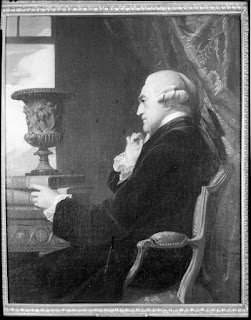Friday, May 24, 2013 -  Dick Ellis,Investigator,private policing,stolen art
Dick Ellis,Investigator,private policing,stolen art
 No comments
No comments
 Dick Ellis,Investigator,private policing,stolen art
Dick Ellis,Investigator,private policing,stolen art
 No comments
No comments
Financial Times: Emma Jacobs profiles art investigator Dick Ellis (ARCA Lecturer) in "Lessons from an old master"
Emma Jacobs interviews former Scotland Yard detective Richard Ellis in "Lessons from an old master" (Financial Times, May 23, 2013) about how he goes about recovering stolen art as a private investigator.
Jacobs reports that Ellis told her that he is one his way to meet with "someone who was classified as a former terrorist" because "that is how you learn to do stuff". Jacobs relays why Ellis believes art theft is a social problem reaching beyond a personal theft because stolen art is "being used as a currency to fund criminality, arms, drugs and terrorism". You can read the full article here: http://www.ft.com/cms/s/0/b27c1392-c2cf-11e2-bbbd-00144feab7de.html#ixzz3A5hsjn6S.







